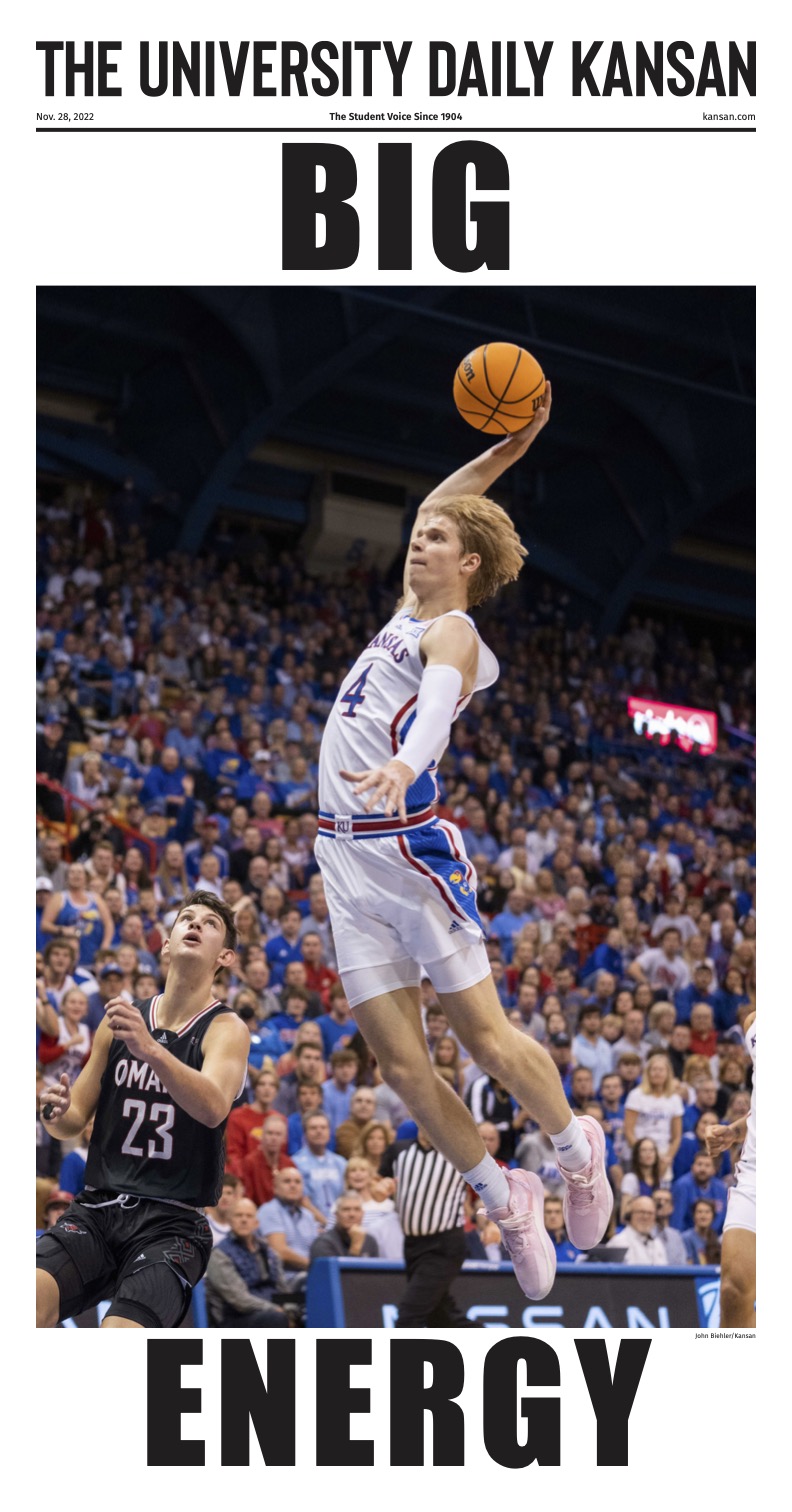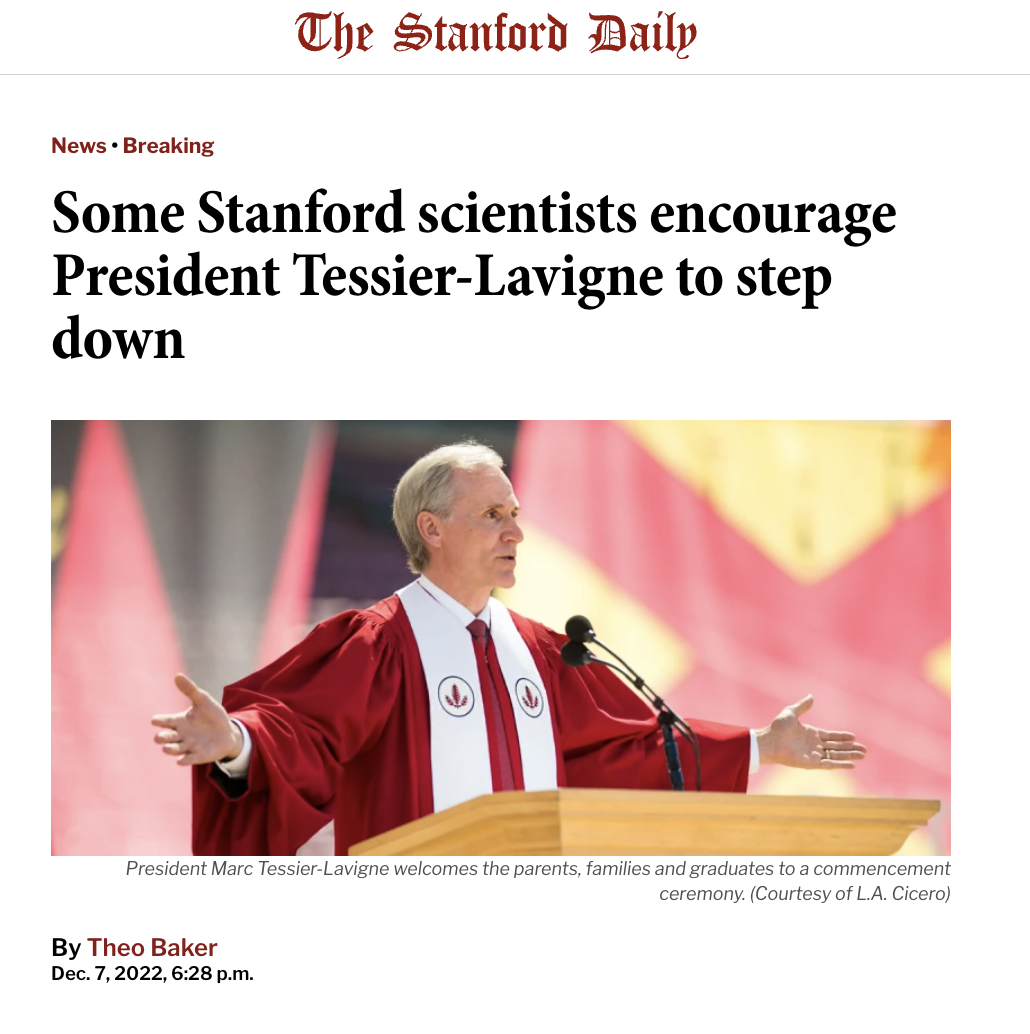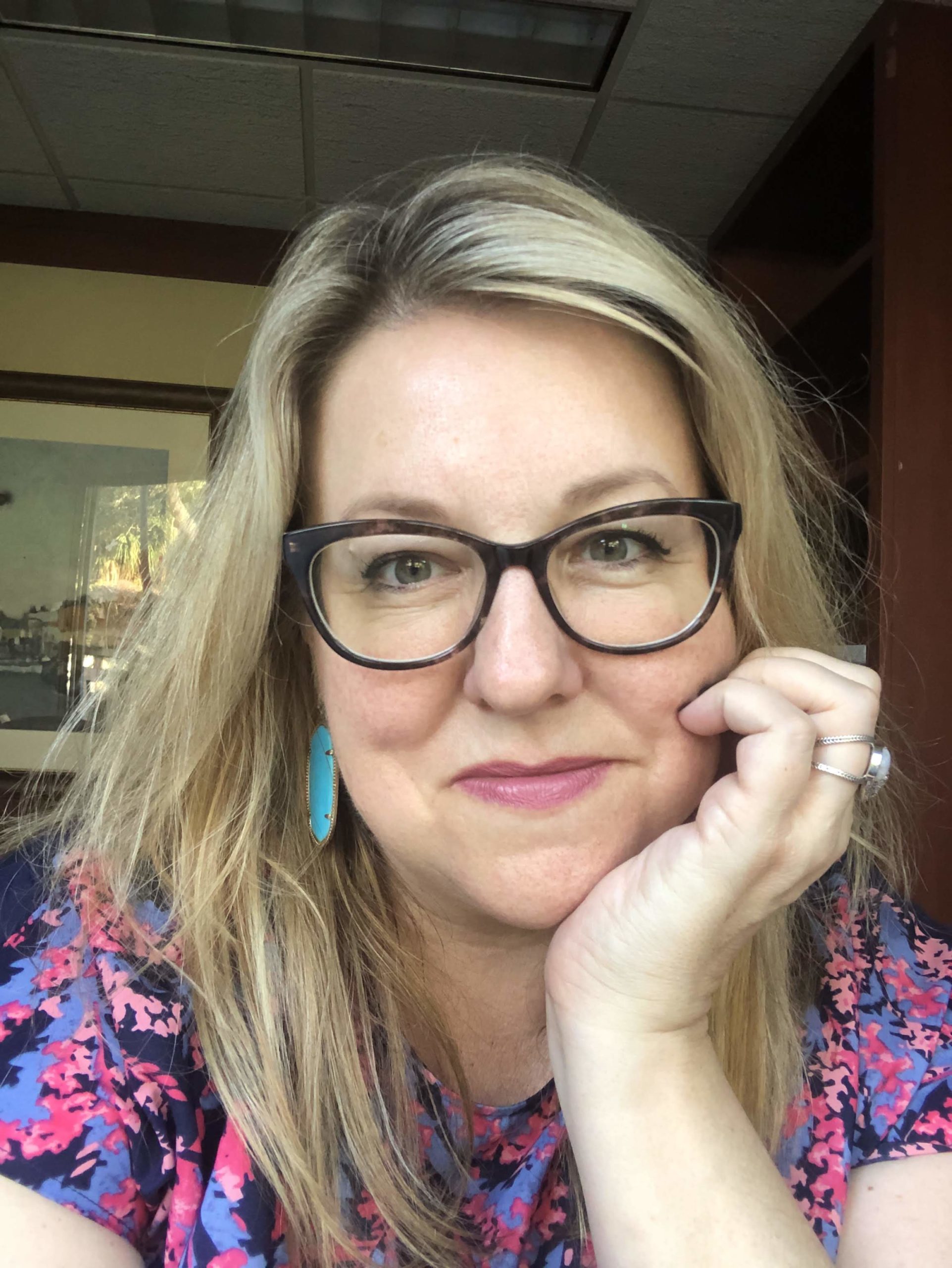Who do you suppose broke this story: “Stanford president under investigation for research misconduct”?
It wasn’t the San Francisco Chronicle or the L.A. Times.
Nope, this eye-opening piece of reporting was from the university’s student newspaper, The Stanford Daily.
Reporter Theo Baker said he got a tip about possible image manipulation in research papers in which Stanford President Marc Tessier-Lavigne, a renowned neuroscientist, had some form of byline or authorship.
“As a student, I would prefer not to have any of this sort of thing going on,” Baker said in an interview last week. “But as a journalist, I think it’s really important to talk about this sort of stuff.”
A university investigation has been launched as a result of the paper’s questions, and even that ended up being problematic — which The Daily also reported on.
“I think a big part of the reporting is understanding the significance and importance of the things that we are finding,” said editor-in-chief Sam Catania in the same interview. “Can we get experts outside of The Daily who know more about biology and research to corroborate the importance and the significance, so that we can really understand what role the reporting is playing, and that we’re looking into the right things?”
Catania said the campus community is invested in their paper’s reporting.
“As a journalist, I have a lot of respect for the truth,” he said. “And I think a lot of people feel similarly about science. I see The Daily’s role on campus as one of bringing to light issues important to the Stanford community. … I’m definitely proud of the work we’ve done in that respect.”
You know who else I’m proud of? The Daily Kansan for this special section featuring standout player Gradey Dick.

Courtesy The University Daily Kansan
One of my former students sent me this TikTok, which I think best explains the joke. And if you need more on BDE, I guess maybe google it? At home. Please.
Outgoing Daily Kansas editor-in-chief Tristan Allen told me last week that the cover was his idea, which came to him while scrolling through Twitter one night waiting in a McDonald’s drive-thru. A Twitter user suggested some kind of play on words, and Allen (no relation to yours truly) pondered how to make it happen.
“I was trying to find a way to do that but kind of keep it classy,” he explained. “There is a joke at play here but also we have plausible deniability.”
KU students — who traditionally hold up copies of the paper and later tear them into confetti at home games — loved it, and editors have gotten 30-40 requests from out-of-staters asking for copies.
So as we close out this semester, I would call your attention to these examples of excellence — one serious, one light-hearted, both meaningful and impactful.
Whether you’re at Stanford or KU or anywhere beyond or in between, please take a moment to acknowledge that the mentoring you’re doing for journalism education has impact and worth.
Your students are listening. And you’re doing a great job.
Poynter resources for the spring
Poynter is proud to have spent the fall semester auditing, improving and innovating our online catalog. I sincerely hope you’ll consider adding one of these excellent courses to your spring classwork. Students have the ability to charge the courses to their bursar accounts in many cases, and bulk departmental licenses are available as well. For questions about any of these, email me at ballen@poynter.org.
ACES Certificate in Editing: Set to relaunch early next year, this course has been completely revamped and consists of more than 20 hours of learning designed to get your students thinking about accuracy, verification and language. The price right now is $150, with a significant discount for members of ACES: The Society of Editing.
Language Primer: Part of the ACES Certificate but also available as a $29.95 stand-alone product, Poynter’s Language Primer is one of our all-time most popular courses. It has helped thousands of writers gain proficiency in the fundamentals of grammar, punctuation and word use in the English language. It’s rigorous, thorough and incredibly worthwhile.
Professor’s Press Pass: Our subscription-only library of case studies. Unlike other traditional journalism ethics education, this library is updated weekly and designed with young journalists in mind, so there’s an intense focus on the issues that will interest them. Expect to see more news that centers on celebrities, social media and Gen Z current events (with the rigorous application of ethical thinking, of course). A subscription is $12 a month or $100 a year, and there are departmental discounts available. Just email me for more information.
Alma Matters: Thank you for reading and for your continued support of this weekly newsletter, designed for journalism educators. Maybe since you already read it, you can forward this to a colleague who would benefit from it? They can sign up here.
Other big resources for next semester: CCN
If you’ve ever wanted to go above and beyond a traditional classroom experience for your students — or even create an entirely new opportunity — have I got a resource for you. If you haven’t already heard about the Center for Community News, a recent initiative from the University of Vermont, now’s the time to familiarize yourself with their efforts to:
- Collect and analyze news/academic partnerships throughout the U.S. and beyond.
- Learn more before you start your own.
- Convene educators for training and mentoring sessions.
I have met so many passionate professors and advisers who are trying to give their students better access to real-world reporting opportunities like statehouse wire services, public radio partnerships and cold-case investigations. Before now, there’s been no mechanism by which to connect these efforts, leaving program champions operating in a vacuum, and often exhausted and overwhelmed.
This project seeks to provide best practices, share experiences and even spread grants around to make sure professors, advisers and educators like you, who want to level up their students’ experience, aren’t alone.
Big resources: NBCU Academy
NBCU Academy’s impressive roster of journalism how-to videos, advice/experience columns and behind-the-scenes news moments are smart, current and accessible.
Seemingly focused most heavily on broadcast news education, their free training catalog offers advice from “Dodging Cars and Harassment: The Risks of Being a Multimedia Journalist” to “How to Report on Underserved Communities” to “Transcribing For News.”
Take a stroll through their offerings to find videos and reading assignments to supplement your classroom teaching. Did I mention it’s all free?
A handful of other links
The Institute for Public Service Reporting is a professionally staffed newsroom at the University of Memphis “dedicated to civic-minded journalism.” Journalist and professor Laura Faith Kebede coordinates “Civil Wrongs,” an investigative project that will add student voices via a spring course.
“We published the first season of the Civil Wrongs podcast … so we could have one run under our belts before we add students next semester,” she wrote me in an email. You can read her story, “How a grisly lynching still haunts Memphis a century later,” here and listen to the first three episodes of the podcast here.
If you’re looking for further podcast inspiration ,the University of Texas’ audio production house The Drag is a great resource. And of course, NPR’s audio training site is helpful and thorough.
The Global Investigative Journalism Network is out with a list of its top stories for 2022. Among its highlights, you might find these headlines helpful: “9 Watchdog Reporters and Lessons Learned from Their Mistakes” and “Q & A: Turning Our Tinder Swindler Investigation into a Netflix Hit.”
Teachapalooza presenter Jeremy Caplan wrote last week in his always insightful Wonder Tools newsletter about Canva’s latest offering:
“Canva Docs is an intriguing new alternative to Google Docs. Along with text it lets you stick almost anything inside a document — slides, graphics, photos, and videos. Launched yesterday, Dec 7, it’s already more versatile than GDocs, Word and other traditional writing tools, though it has some limitations. You can use it to create visual documents privately or in collaboration with colleagues, and it comes with a surprising capability built in.”
This week’s Professor’s Press Pass
This week’s Professor’s Press Pass asks students to consider under what circumstances they would withhold reporting on news at the request of the U.S. government, since the White House asked CBS News to hold off on reporting on Brittany’s Griner’s release.
One last thing
One of the perks of working in academia — and also at Poynter! — is the long break many of us get to enjoy around the holidays.
Knowing that we’re going to be away from each other for a while (sob!), I am feeling nostalgic, which explains why I’m going so long on this week’s newsletter that will probably be the poorest-read all year given the crush of activity you’re experiencing at the end of the year.
I hope you all have a great break from the great work you did this semester. If you find yourself with money to burn, will you consider donating to my college journalism efforts this year? I truly appreciate anything you can give.
P.S. Thanks for not being turned off by a fundraising request. Here is your reward: file this one again into my obsession with counterfeit desserts.







